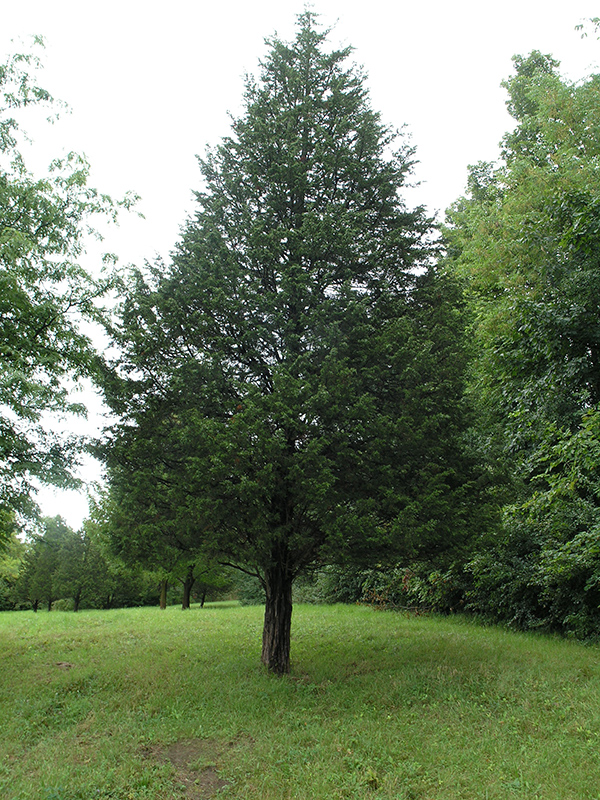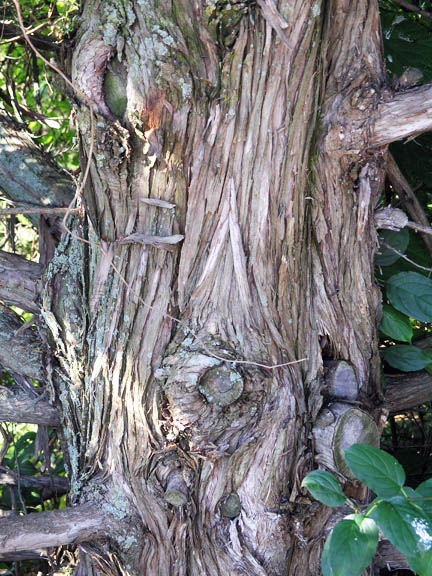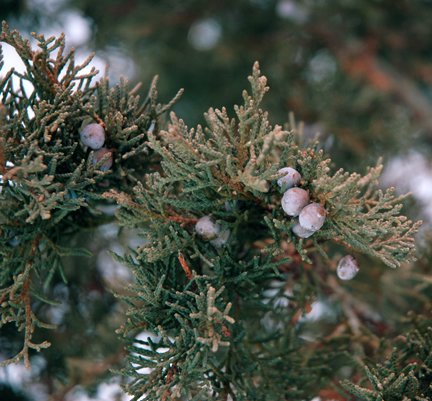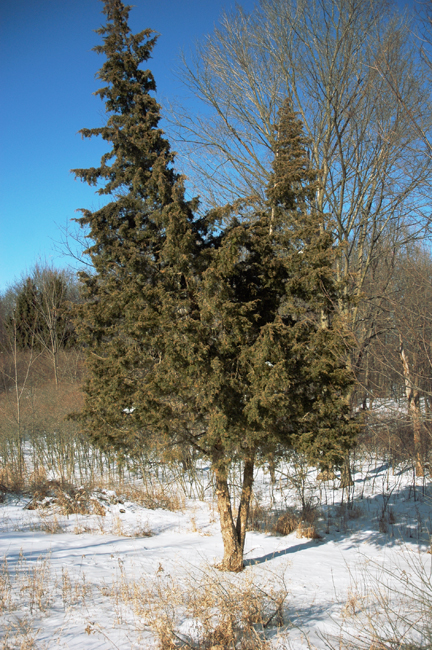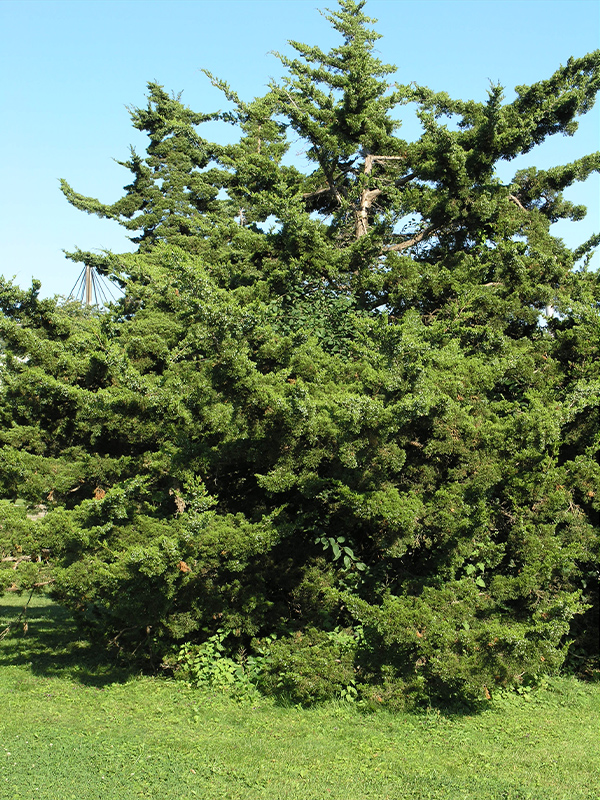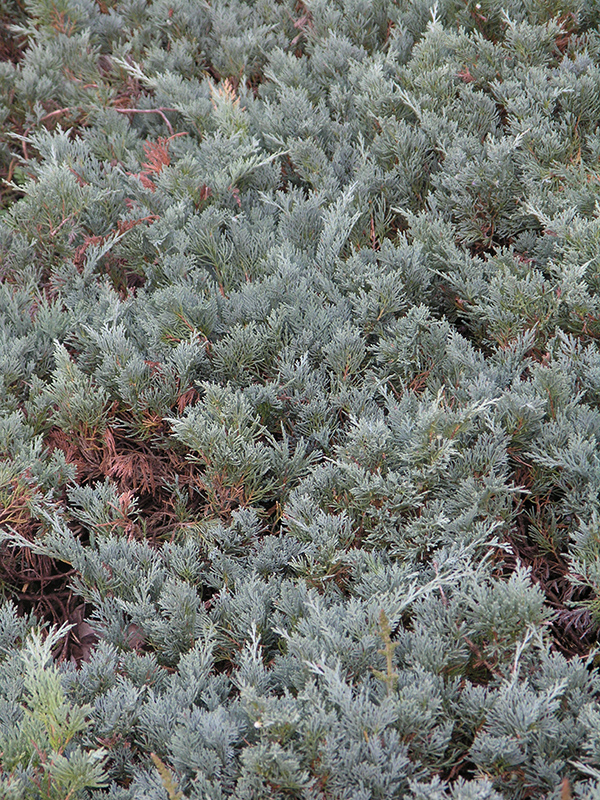| General Description | Will survive almost anywhere. Typically seen growing in ditches and under power lines where they were seeded by birds. It has moderate salt tolerance. |
| ID Characteristic | Juvenile leaves are in pairs. Also has very distinct cedar odour as well as a very bitter taste. |
| Shape | Columnar to broadly pyramidal. |
| Landscape | Not a valuable landscape plant. Suitable for screens and windbreaks. Also useful in naturalization projects. It will grow well where many other plants cannot survive. |
| Propagation | From seed, treat with citric acid for 96 hours, then warm stratification for 6 weeks and cold stratification for an additional 10 weeks. It may also be easily rooted from cuttings. |
| Cultivation | Tolerates very poor site conditions including gravelly soil with high pH values. Prefers full sun, but will tolerate shade when young. |
| Pests | Commonly affected by cedar apple rust, causing large globose galls with telia emerging in spring. Also affected by juniper bloom rust and bagworms. |
| Notable Specimens | Common throughout Ontario but especially on the 401 highway corridor close to Windsor. |
| Habitat | Dry upland area, often on loose scree. |
| Bark/Stem Description | Grey-brown to red-brown, exfoliating in strips. |
| Leaf Description | Awl-like juvenile leaves, in pairs, about 5mm long. Adult leaves are scale-like and arranged in 4 ranks, pressed close to the stem. |
| Flower Description | It is a dioecious species. Male specimens form small yellow cones which release large amounts of pollen. These cones can persist through most of the season. |
| Fruit Description | Small green cones, about 75mm in diameter with a heavy bloom. They are round to ovoid in shape. |
| Colour Description | The colour is somewhat variable but is rich green in summer, turning to brownish-purplish green in winter. |
| Texture Description | Medium. |
